The 20 Most Important Tech Executive Moves Of 2020
IBM, SAP, AT&T and Wipro were among the companies to see major leadership shakeups in 2020. Other companies that had big personnel moves included Intel, Nutanix and VMware.

Tectonic Shifts In Tech Leadership
In a year unlike any other, 2020 saw major leadership shakeups at some of the largest technology vendors and solution provider companies in the world, including IBM, SAP, AT&T and Wipro.
These leadership changes happened at other significant players in the IT industry, including Hitachi Vantara and Nutanix. There were also big moves for technology executives who weren’t at the top but played significant roles for the companies they worked for, like Intel, Dell Technologies and VMware.
[Related: The 20 Coolest Tech Startups Of 2020]
What follows are the 20 most important tech executive moves of 2020.

20. Rola Dagher
Dell Technologies appointed former Cisco Systems executive Rola Dagher as its new global channel chief in September, replacing Joyce Mullen, who departed in August.
Dagher came back to Dell after serving three years as president of Cisco in Canada. Prior to Cisco, she held sales and leadership roles in Dell’s enterprise segment and Infrastructure Solutions Group, including vice president and general manager of ISG. She is now leading Dell Technologies’ global channel partner strategy, vision, enablement, program design and partner experience.
“I will bring a different culture to the partner ecosystem that is based on purpose-first,” said Dagher in an interview with CRN. “Today, it’s all about stakeholders, and our partner ecosystem is the biggest stakeholder for us. I want to bring purpose. I want to bring impact. I want to bring empowerment because once you empower your partners and once you inspire them, you get out of their way to let them go out and make a huge impact through Dell Technologies.”
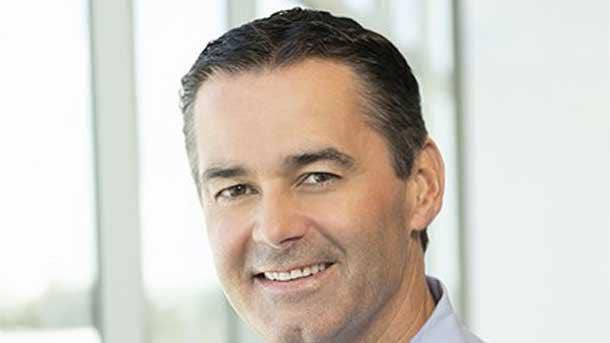
19. Dan McNamara
AMD hired former top Intel executive Dan McNamara to take the chipmaker‘s EPYC server processor business to the next level following the launch of last year’s second-generation products.
The Santa Clara, Calif.-based company appointed McNamara as senior vice president and general manager of AMD‘s Server Business Unit. McNamara was most recently senior vice president and general manager of Intel’s Network and Custom Logic Group and served on Intel’s executive leadership team.
McNamara reports directly to Forrest Norrod, senior vice president and general manager of AMD‘s Datacenter and Embedded Solutions Business Group. He is took over from Scott Aylor, AMD’s corporate vice president and general manager of datacenter solutions, who was expected to leave later in the year at an unspecified date.
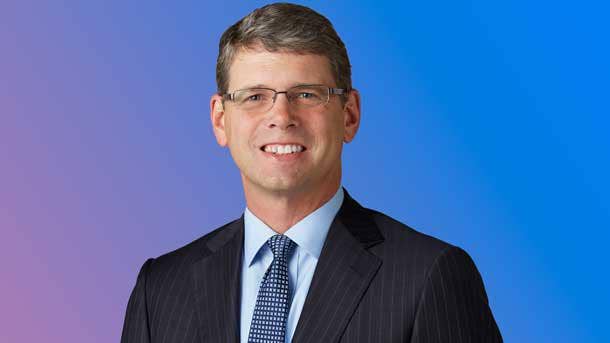
18. Rory Read
Rory Read, president of Dell Technologies’ Virtustream business as well as the former CEO of AMD, left Dell to become CEO of cloud communications firm Vonage.
Read played a major role in the blockbuster $67 billion merger of Dell and EMC in 2016 as chief executive vice president and chief integration officer. The executive’s illustrious career also includes more than two decades at IBM, three years as CEO and president of AMD, as well as a five-year stint at Lenovo as president and chief operating officer.
Todd Pavone replaced Read as Virtustream’s new president. Pavone was most recently president of Dell EMC’s Global Consulting business.
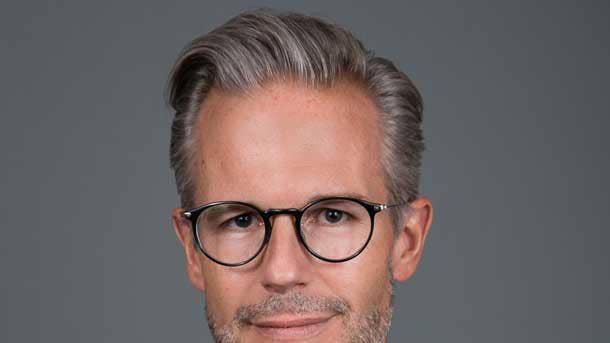
17. Jesper Trolle
Exclusive Networks appointed former Arrow executive Jesper Trolle as its new CEO in September, taking over from Olivier Breittmayer, who became a non-executive board member.
Trolle was most recently president of the Americas for ECS Arrow Electronics. He had been working at Arrow since 2005, when the company acquired DNS Denmark, a company that had acquired a previous venture he founded, Next DenMark A/S, a few years earlier.
The company said the appointment, which brought an end to Breittmayer’s 17-year tenure as CEO, was part of a planned succession strategy.
“Olivier’s vision of creating the only specialist distributor on a global scale, focused on high-performance cybersecurity infrastructure, was imaginative and disruptive – and that vision has become reality,” Trolle said in a statement. “Exclusive continues to buck market trends, growing at pace organically, expanding geographically and still disrupting.”
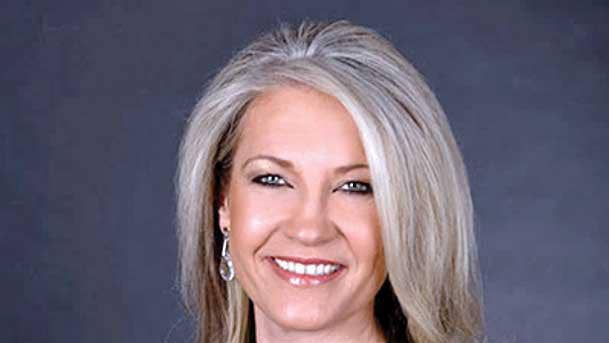
16. Jenni Flinders
VMware’s global channel chief, Jenni Flinders, unexpectedly and quietly left the virtualization superstar in June after two years leading the company’s restructured channel charge.
“Over the last two years, Jenni contributed her expertise to revamping the global partner organization, including the successful launch of Partner Connect,” VMware said in a statement. “We thank Jenni for her passion and commitment and wish her well. Sandy Hogan, senior vice president of Worldwide Commercial and Partner Sales, will lead the Worldwide Partner Organization.”
VMware hired Flinders as vice president and global channel chief in April 2018, after spending 15 years in various channel partner and sales executive roles at Microsoft from 2000 to 2015. She hit the ground running at VMware, almost immediately introducing VMware Master Services Competencies and letting the VMware partner community know of her plans to completely overhaul VMware’s “entire partner program.” On March 1, 2020, VMware launched its new program Partner Connect, which dramatically changed the way VMware engages and incentivizes its thousands of channel partners across the globe.

15. Joyce Mullen
Insight Enterprises nabbed one of the industry’s top channel executives with the September hiring of Dell Technologies’ former global channel chief, Joyce Mullen, as its new president of North America.
Mullen is a 21-year Dell veteran who led the company’s massive $50 billion channel organization from 2017 to August 2020. Mullen, Dell’s former president of global channel, embedded and edge solutions, was responsible for Dell’s global channel strategy, partner program, solution provider enablement and channel sales execution, as well as relationships with distributors and OEMs.
“We have found an exceptional leader to take our North America business into the future,” said Insight President and CEO Ken Lamneck in a statement.
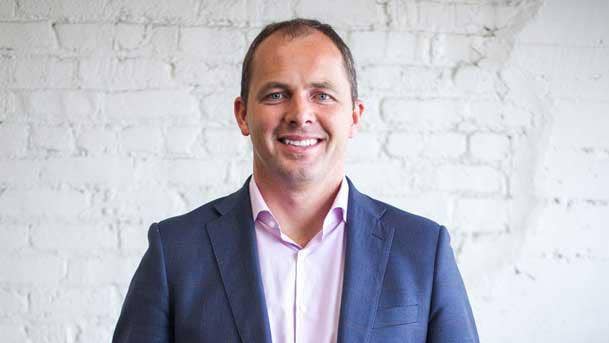
14. Jed Ayres
Heiko Gloge, the founding father and driving force behind IGEL’s rise over the past two decades from an upstart German thin-client manufacturer to a global next-generation edge operating system powerhouse, stepped aside and handed the global CEO post to Jed Ayres in February
Ayres, the hard-charging marketing maestro who Gloge recruited as U.S. CEO four years ago to take IGEL into Silicon Valley and lead the global software offensive, is pledging to take the company from $150 million in sales to more than $1 billion.
Ayres took over the sole CEO job in April, with Gloge remaining as a large non-executive shareholder on the IGEL board of directors. Nicolas Helms, the managing partner of Melchers, the 214-year-old parent of IGEL, remains a managing director.
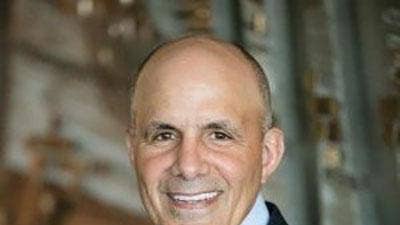
13. William ‘Bill’ Amelio
William “Bill” Amelio, CEO of global electronics distributor Avnet, stepped down from his role as chief executive and as a director of the board in August. Phil Gallagher, who took over in an interim capacity, was named the company’s permanent CEO in November.
Amelio joined Avnet as CEO in July of 2016. Prior to that, he was Lenovo‘s CEO from late 2005 to early 2009. No reason was given for the departure of Amelio. However, Avnet Chairman Rodney Adkins, in a prepared statement, praised Amelio as a great asset during his time on the company‘s board of directors and as the company’s CEO.
Gallagher had been serving as global president of Phoenix-based Avnet’s electronic components business since April of 2017. Prior to that time, he was the corporate officer and senior vice president and president of Americas sales and marketing at TTI, a Fort Worth, Texas-based specialist electronic component distributor. From 1997 to 2015, he served in various roles in different parts of the distributor, ending up heading Avnet Technology Solutions between 2009 and 2015.

12. Greg Clark
Former Symantec CEO Greg Clark was named as Forescout’s new CEO in September, just weeks after the company’s contentious sale to Advent International closed.
Longtime Forescout President and CEO Mike DeCesare exited day-to-day management after leading the San Jose, Calif.-based cybersecurity vendor through multiple rounds of outside funding, a $116 million initial public offering in October 2017 and the sale to private equity firm Advent at a reduced price of $1.4 billion. DeCesare joined Clark as co-chair of Forescout’s board.
A source told CRN that DeCesare’s exit as CEO was part of a broader set of leadership changes at Forescout, which also included the departure of Chief Revenue Officer Steve Redman and Vice President of Worldwide Channel Sales Jonathan Corini. Also joining Clark at Forescout was former Symantec Americas channel chief Keith Weatherford.

11. Art Gilliland
Art Gilliland, the head of Broadcom’s Symantec unit, departed the company in November after leading the cybersecurity vendor through its tumultuous $10.7 billion sale to Broadcom.
Gilliland’s second stint with Symantec began in November 2018, when the former Skyport Systems CEO joined to oversee the enterprise division’s product and engineering teams. Once the Broadcom deal closed in November 2019, Gilliland became Symantec’s senior vice president and general manager, where he oversaw the development, delivery and support of all security products and services.
In his place, Rob Greer, Adam Bromwich and Clayton Donley were tapped to lead Symantec’s Network and Information Security, Endpoint Security and Identity Security divisions, respectively. Bromwich has been with Symantec since 2003, while Greer joined Symantec from Forescout in June 2019 and Donley came to Broadcom through its 2018 acquisition of CA Technologies.
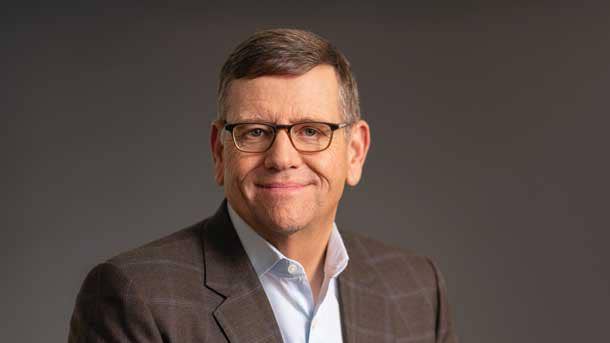
10. David Goeckeler
David Goeckeler, executive vice president and general manager of Cisco‘s networking and security business, left the company in March to become CEO of Western Digital.
Todd Nightingale, who was previously senior vice president and general manager of Cisco Meraki, took Goeckeler’s place and became senior vice president and general manager of Cisco‘s $34 billion Enterprise Networking and Cloud Business. Nightingale, an enthusiastic leader for the Cisco Meraki division, had been with San Jose, Calif.-based Cisco for more than seven years.
Goeckeler, a longtime Cisco veteran and one of the firm‘s highest-paid executives, was promoted to his role leading Cisco’s networking and security units in 2017.

9. Keith Block
Keith Block, who quickly ascended to sharing Salesforce’s top job with founder Marc Benioff, stepped down and leave the CRM giant in February. Block remains as an advisor to Benioff, who once again filled the Salesforce CEO position alone.
Five years after joining Salesforce, Block was elevated to co-CEO in August of 2018. The plan at the time was for Benioff to free himself to focus on vision, innovation and culture by delegating leadership to Block over executing Salesforce‘s growth strategy.
After 26 years at Oracle, Block was dismissed in June 2012 for reportedly writing emails critical of Oracle‘s management and $7.3 billion acquisition of Sun Microsystems in 2010. For the previous decade, he had been Oracle’s executive vice president of North American sales operations, a position in which he led the software giant’s channel organization.
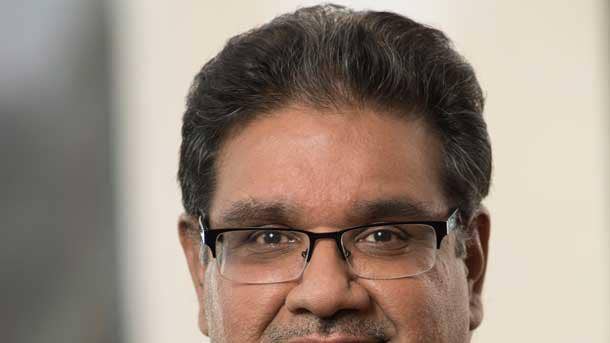
8. Venkata ‘Murthy’ Renduchintala
Intel Chief Engineering Officer Venkata “Murthy” Renduchintala left the company in early August, shortly after the chipmaker revealed that manufacturing problems caused a six-month delay in the delivery of its next-generation, 7-nanometer products. His responsibilities included process technologies such as 7nm and manufacturing operations.
The Santa Clara, Calif.-based company did not replace Renduchintala‘s role as chief engineering officer or as group president Technology, Systems Architecture and Client Group, which was split into separate teams in conjunction with his departure. Intel hired Renduchintala in 2015 as president of an organization that was known at the time as the Client and IoT Businesses and Systems Architecture Group, which brought together the company‘s Platform Engineering, Client Computing, IoT, Software and Services and Design and Technology groups.
Renduchintala was previously a top executive at Qualcomm, where he served as executive vice president of Qualcomm Technologies and co-president of Qualcomm CDMA Technologies and was responsible for the company‘s semiconductor business across computing and mobile segments.

7. Jennifer Morgan
Jennifer Morgan, who was one of SAP’s two co-CEOs since October 2019, stepped down and left the company in April as the company opted for a single CEO management structure with current co-CEO Christian Klein in charge.
The move meant that SAP once again has a single CEO as it did for more than five years under Bill McDermott, who left SAP in October 2019 to take the CEO job at ServiceNow. Klein and Morgan were immediately named as co-CEOs upon McDermott’s departure.
Morgan had been with SAP since 2004. Before being named co-CEO, she was president of the company’s Cloud Business Group, overseeing the company’s Qualtrics, SuccessFactors, Ariba, Fieldglass and Concur products. Klein has been with SAP since 2000 and was serving as the company’s chief operating officer when he was named co-CEO in October.
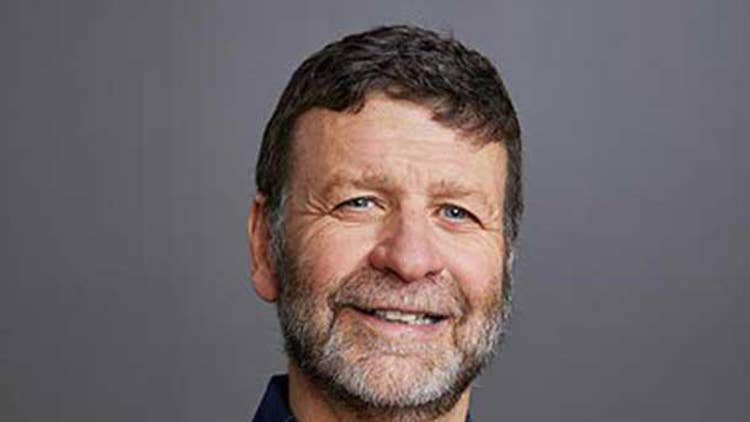
6. Paul Cormier
Red Hat’s longtime product chief, Paul Cormier, replaced James Whitehurst as CEO in April, taking charge of the open source leader as it entered a crucial phase in establishing its identity as an IBM subsidiary.
With Whitehurst finally stepping into the prominent role of IBM president, Cormier became responsible for balancing the dual Red Hat missions declared after the landmark $34 billion acquisition — maintaining Red Hat’s independence as a vendor of technology used across all major clouds while leveraging that technology to distinguish and accelerate IBM’s hybrid cloud business.
As Red Hat’s leading product visionary for almost two decades, Cormier drove more than 25 acquisitions during that tenure. He expanded the business from almost solely a Linux distributor to a comprehensive open source software vendor that’s an enterprise powerhouse not only in operating systems, but cutting-edge technologies like cloud, containers and DevOps.
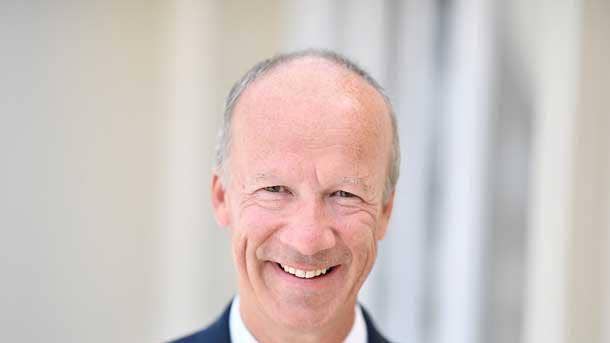
5. Thierry Delaporte
Global systems integrator and IT services giant Wipro named Capgemini’s chief operating officer, Thierry Delaporte, as its new CEO in May, taking over from Abidali Neemuchwala, who stepped down from his roles as chief executive and managing director due to family commitments.
Delaporte had been with Capgemini for 25 years, most recently serving as COO as well as a member of its group executive board. During his career with Capgemini, he held leadership roles including CEO of the Global Financial Services Strategic business unit, and head of all global service lines.
Neemuchwala joined Wipro in the spring of 2015 after a 23-year stint at rival Tata Consultancy Services, where he last served as a company vice president. He started at Wipro as group president and chief operating officer, but for the last four years has served as CEO and managing director.

4. Gajen Kandiah
Hitachi Vantara appointed former Cognizant executive Gajen Kandiah as its new CEO in June, replacing Toshiaki Tokunaga, who took over the global analytics, IoT and storage vendor at the beginning of the year when the company completed a significant IoT-focused reorganization. Tokunaga, a 30-year Hitachi veteran who became CEO and board chairman of Hitachi Vantara in January, phased out his CEO responsibilities in October while retaining his chairman position.
A 15-year Cognizant veteran, Kandiah is credited with helping grow Cognizant‘s annual revenue from $368 million to more than $16 billion, according to Hitachi Vantara. He was most recently president of the company’s multibillion-dollar Digital Business that provides services for digital engineering, analytics and artificial intelligence, interactive services and IoT.
Prior to that role, Kandiah led Cognizant‘s practices for Information, Media and Entertainment, Manufacturing Logistics, Consumer Goods, and Communications. Before he joined Cognizant, he co-founded system integration and management consulting firm NerveWire, which was acquired by Wipro, and served as an executive at interactive services firm Cambridge Technology Partners, which was acquired by Atos in 2014 after previously being owned by Novell.
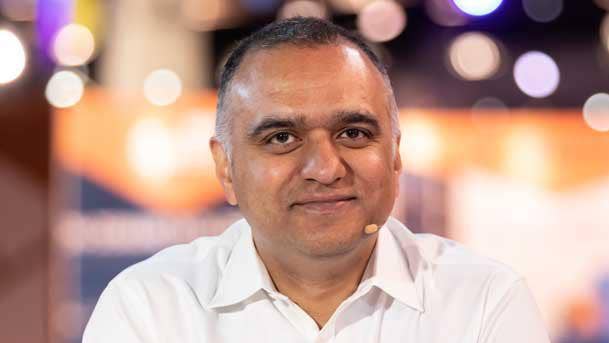
3. Dheeraj Pandey
Nutanix co-founder and CEO Dheeraj Pandey retired from the company he co-founded 11 years ago and built into a $1.6 billion software powerhouse, handing the titles of chief executive and president to VMware’s chief operating officer, Rajiv Ramaswami, in December.
Pandey was one of the first innovators in hyperconverged infrastructure, starting his San Jose, Calif.-based company in 2009 — quickly becoming one of the market leaders and a pioneer in HCI. “Co-founding and leading Nutanix for the last 11 years has been the single most rewarding experience of my professional career,” he said in a statement when he announced his retirement.
Ramaswami previously led VMware’s cloud products and services development as COO of products and cloud services at VMware from 2016 to December 2020. Prior to VMware, Ramaswami was executive vice president and general manager for infrastructure and networking at Broadcom, where he helped establish Broadcom as a leader in data center, enterprise and carrier networking.
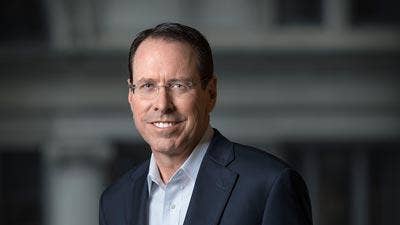
2. Randall Stephenson
Randall Stephenson, AT&T‘s chairman and CEO of 13 years, retired from the carrier’s top spot on July 1, handing the reins to John Stankey, who was most recently the carrier giant’s president and COO.
Stephenson was expected to continue to serve as executive chairman of AT&T‘s board of directors until January 2021 to ensure a smooth transition. Stankey became a board member on June 1. The announcement of Stephenson’s successor followed the carrier’s plans to return to its telecom roots with the help of activist investor Elliott Management.
A longtime AT&T executive, Stankey joined the carrier in 1985 and has worked across many different business segments, including corporate strategy and technology, operations, and media and entertainment. He most recently served as CEO of WarnerMedia until he was promoted to president and COO of AT&T in 2019.
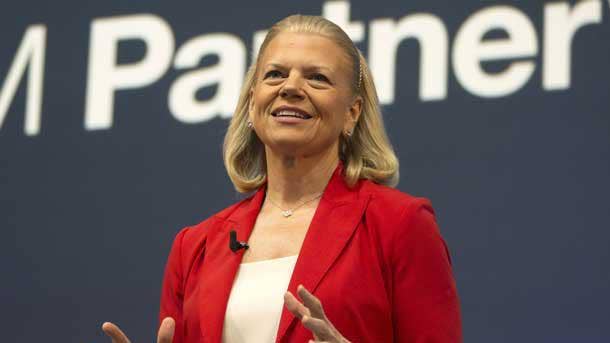
1. Virginia ‘Ginni’ Rometty
Virginia “Ginni” Rometty, who led IBM during a tough period of financial decline, stepped down as CEO in April and retired from the company entirely at the end of the year when she gave up her title as chairman of the company’s board.
Arvind Krishna, who was previously the company‘s senior vice president for cloud and cognitive software, immediately took over as CEO and was then appointed board chairman in Rometty’s place in December. Krishna was a principal architect of the company’s Red Hat acquisition when he was senior vice president for cloud and cognitive software. More recently, he led the spin-off of IBM’s $19 billion Global Technology Services managed infrastructure services unit, which the company said will allow it to focus on its hybrid cloud and artificial intelligence platform.
Rometty in 2012 became IBM‘s chairman, president, and CEO, and in the last seven-plus years led IBM to acquire 65 companies, including its $34-billion acquisition of Red Hat, and develop strong cloud and AI capabilities. However, she also presided over a time of financial difficulties for IBM. The company‘s annual revenue peaked in 2011 at just shy of $107 billion. However, the revenue decline has been moderating, and IBM in the fourth fiscal quarter of 2019 broke a five-quarter streak in revenue declines with revenue of $ 21.8 billion, up 0.1 percent over fourth fiscal quarter 2018.